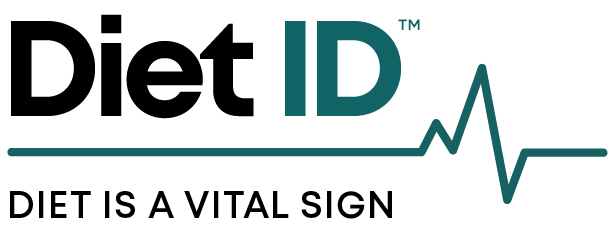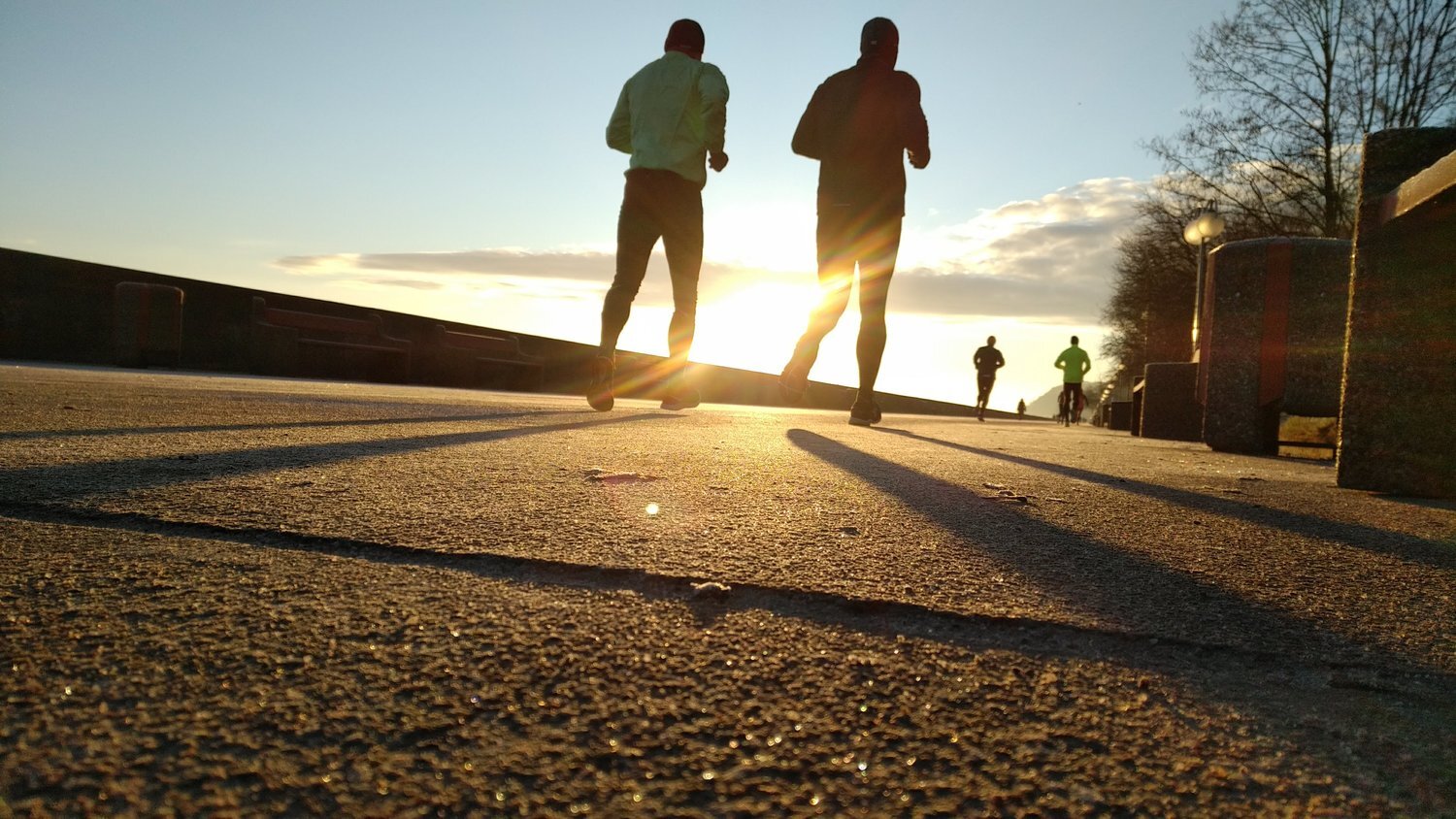There is an Energy Crisis plaguing us – and I’m not talking about natural resources. We all want to feel alert, well-rested, and energetic, but for many of us, this is more dream than reality. Combine our over-scheduled, stressful lifestyles with too little quality sleep and poor eating habits, and it’s easy to understand why we feel fatigued so often.
Fatigue breaks us down physically and emotionally and wreaks havoc on the immune system, making us more susceptible to illness, depression, and even chronic conditions like heart disease. You already know that regular exercise, stress management, and getting enough sleep are all critical for combating fatigue.
Our eating habits also directly affect energy levels, and there’s a lot we can do with our nutrition to feel more energetic all day.
Eat predominantly nutrient-dense foods. Optimal metabolism (the process that converts food to energy) requires an abundance of vitamins and minerals. Every cell in our body can unlock its energy potential with the proper fuel from food. If we don’t get enough nutrients from foods, we suffer from sub-optimal cellular energy metabolism, making us feel tired and sluggish. Combat this by choosing foods with lot of nutrition per calorie: vegetables, beans, nuts, seeds, fruits, whole grains, and lean animal proteins. Refined breads, fried and fatty foods, sweets and desserts, and processed snack foods give us lots of calories with little nutrition, which is why you’ll feel so much better if you base your diet on minimally processed, whole foods.
Focus on omega-3’s. Studies show that diets high in omega-3 fats improve mood, memory, and thinking, which are related to focus and energy. Try to get at least one excellent source of omega-3 fats a day: fatty fish, flax seeds, flax oil, hemp seeds, hemp oil, leafy greens (think big salad), or walnuts. Omega-3 supplements such as fish oil can help but they should never replace a healthful diet.
Ditch the diet. If your “diet” is synonymous with “deprivation,” you’re doing your body a “disservice.” Skimping on calories ultimately trashes your metabolism as your body tries to conserve all the energy it can. That’s why we feel so tired when we’re dieting. Hunger feels terrible, as it should! And of course, as the burn dies, the body becomes desperate to hold onto all the body fat it can. So to keep your energy levels high and your metabolism revved up, get enough food energy.
Drink for energy. Being properly hydrated is an easy and effective way to keep your energy high. The body needs water, and lots of it, to function optimally. You can skip the vitamin waters and energy drinks which, unless you’re an endurance athlete, just add unnecessary calories and expense. So keep a fresh and ready source of water by you at all times, and sip at least 1 cup every 2 hours. Tote a reusable bottle with you wherever you go. Bonus: all those extra trips to the loo make you move more.
Become the designated driver. Since alcohol is a depressant, it can contribute to low energy. Ironically, it can also act as a stimulant several hours later, which can disrupt your sleep cycle and cause fatigue the next day. If you depend on a nightly drink to fall asleep or overindulge over the weekends, you may find that cutting out or down on the booze improves your energy considerably. If you wish to indulge occasionally, red wine is a good choice for its high antioxidant content. (Disclaimer: individuals taking certain medications, and those suffering from certain forms of anxiety, high blood pressure, or dependence issues should avoid alcohol completely. Ask your doctor.)








